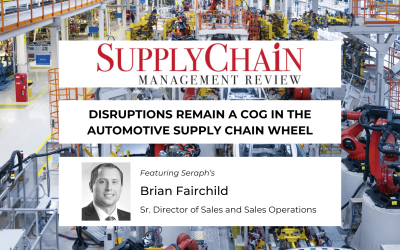Auto-parts suppliers face challenges as they strive to regain ground lost during the pandemic.
If the microchip shortage that is continuing to crimp auto production were to end today, it would still take a full year for automakers to get up to speed and manufacture cars at the level they were pre-pandemic.
Why is this the case? Automotive suppliers can’t produce enough parts to fulfill that kind of demand. More so, auto suppliers are running at approximately 30 percent less efficiency than in 2019.
 |
|
Kowal’s remarks underscore the fragility of the intricate automotive supply chain, which has been rocked by a perfect storm of events: skyrocketing costs for everything from raw materials and components to shipping and labor; parts and materials shortages stemming from events such as COVID-related plant lockdowns in China and the war in Ukraine; a tight labor market; shipping and delivery delays and disruptions; and the precarious financial state of suppliers themselves as surging costs reduce profit margins.
More suppliers in critical state
The biggest factor in that 30-percent efficiency drop includes an inability to manage material and inventory, which creates labor inefficiencies, wait times, drops in morale and ultimately, employee turnover, For more information on this, view the Seraph North America Automotive Market Update.
For the full article, please view An Industry In Distress from Motor.
Please let us know if you have any industry related questions or would like to learn more about Seraph.
Thank you for your time.






